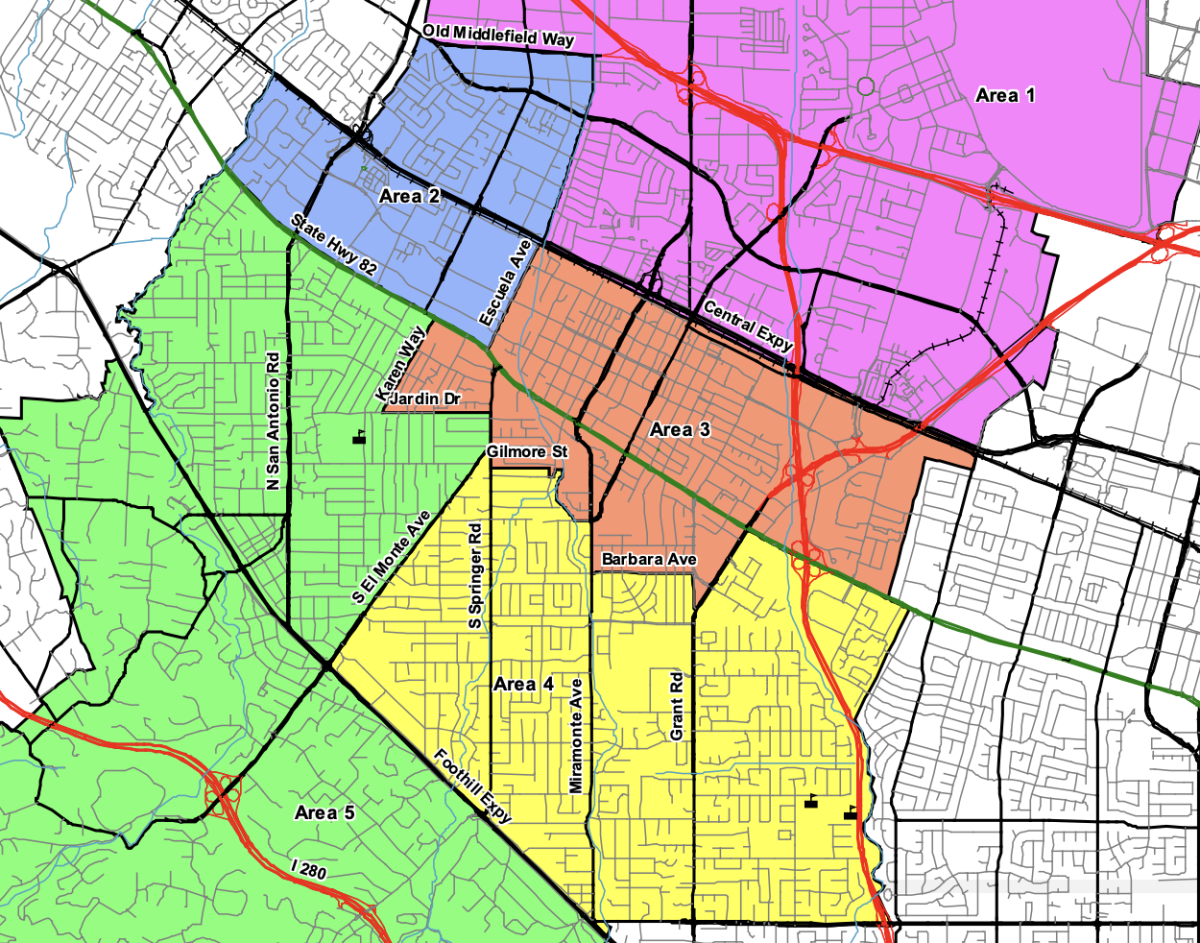Australia’s central bank Governor Glenn Stevens said the local currency’s level isn’t supported by costs and productivity in the economy and the nation’s terms of trade are more likely to fall than rise. The Aussie dropped.
“The foreign exchange market is perhaps another area in which investors should take care,” Stevens said today in the text of a speech in Sydney. “It seems quite likely that at some point in the future the Australian dollar will be materially lower than it is today.” “It would be a mistake to relax for very long in the face of this delay. Surely the ‘taper’ will come,” he told a Citigroup Inc. conference. “For some countries, including Australia, the beginning of a return to something resembling more normal conditions, in at least one major advanced country, would lessen some of the difficulties we face in our own policy choices.”
Currency Decline
The Australian dollar touched 95.30 U.S. cents after the speech, the weakest since Oct. 17, from 95.75 cents just before it was released. The currency traded at 95.43 cents at 10:48 a.m. in Sydney.
The comments were “jawboning trying to get the currency to go down and it’s worked,” said Stephen Walters, JPMorgan Chase & Co.’s chief economist in Australia. “But they want it a lot lower than this, which to me suggests in the 80s somewhere.”
The RBA is balancing low rates that are driving up housing prices against renewed strength in the Australian dollar — among the best performers of group of 10 currencies since late August — that is constraining industries exposed to exports.
Stevens said today that “some” rise in housing prices is a normal response to lower rates and will provide incentive for residential construction, adding that given credit growth is between 4 percent and 5 percent per annum at the moment, it is “a little too early to signal great concern” over price gains.
The caveats, he said, is that credit growth may pick up over the period ahead and and borrowing is increasing “quite quickly” in some pockets of the country.








